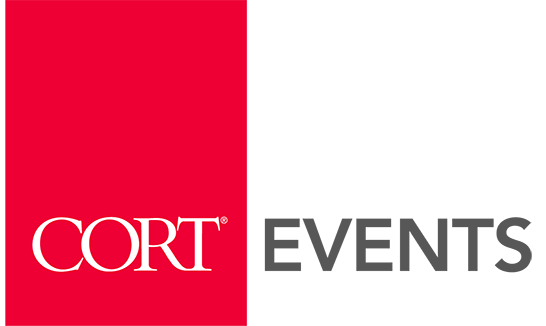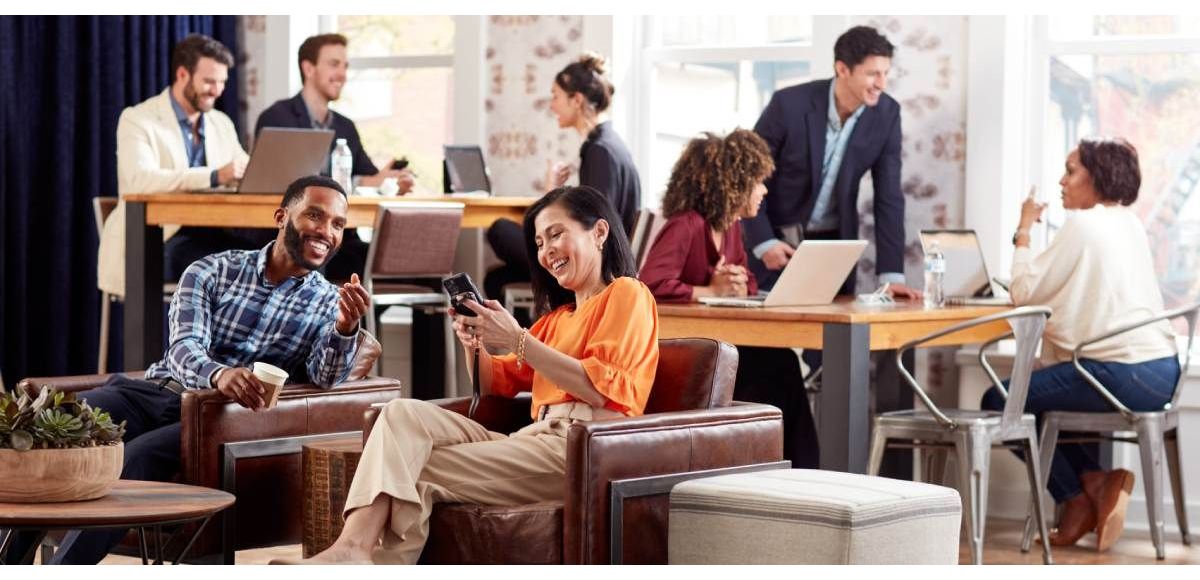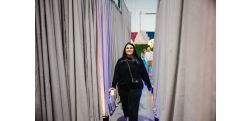Shifting From Passive to Active Breakout Sessions
Mid-year events are in full swing—and for many planners, breakout sessions are on the agenda. But too often, these sessions fall flat. Attendees sit back, tune out, and leave with little more than a list of speaker quotes they could’ve found online.
“I’d love to see breakout rooms evolve into true working sessions where attendees can actively engage, collaborate, and put ideas into action,” said Miguel Peguero, founder and head of production at One Way Event Productions to BizBash.
This article is a call to rethink the role of the breakout. With intentional formats, thoughtful layouts, and a flexible design approach, planners can turn passive panels into problem-solving sessions that drive real outcomes. And when you’re ready to design those spaces, CORT Events is here to help you bring it to life.
Why Events Need to Deliver Real Change
Today’s attendees—especially Gen Z and Millennials—aren’t just joining sessions for inspiration. They want interaction, relevance, and results.
“The Now Gen is not just selective; they’re decisive, and they’re not just looking for an event—they’re looking for the event,” notes the Freeman 2024 Event Organizer Trends Report.
Only 27% of planners have adapted their formats to meet this demand. That’s a missed opportunity—and a potential gap in audience engagement.
This generation expects:
-
Hands-on problem solving over passive presentations.
-
Immersive experiences—favored by 64% of attendees—as key to engagement.
-
Real substance from every session they attend.
By 2030, Gen Z and Millennials will make up the majority of the workforce. To remain relevant, events must shift now.
Innovative Formats That Drive Change
Here are two interactive formats that push breakouts beyond the panel:
- Design Thinking Workshops: These sessions guide groups through creative problem-solving phases like brainstorming, prototyping, and feedback. They’re ideal for tackling complex challenges with structure and creativity.
- Peer-to-Peer Coaching Circles: In small, trust-based groups, attendees share real challenges and get insights from each other—building connection and community through collaborative learning.
Designing Spaces for Problem Solving
The Freeman report makes it clear: “Attendees want collaborative learning experiences like hands-on interactions, demonstrations, and informal meetings.”
That means physical space design matters. The layout shouldn’t just look good—it should function to support creativity, focus, and adaptability.
Design Principles for Breakout Spaces
-
Flexibility First: Use modular furniture to move from brainstorming to presentations with ease. The Glass Cocktail Table Top Whiteboard works well with the Sterling Sofa and Beverly Ottomans—reconfigurable on the fly.
-
Multi-Sensory Design: Visual and acoustic elements influence attention. Try the Morocco Rug and Havana Palm Divider to define space and reduce noise.
-
Productive Focus Zones: For heads-down group sessions, writable surfaces like the 10’ Powered Conference Table Whiteboard and Ace High Back Chair help capture ideas in real time.
Why Partnering With CORT Events Matters
Creating a breakout experience that resonates isn’t just about design—it’s about execution.
CORT Events brings creativity, reliability, and flexibility to every partnership. Their modular furniture and tools make it easy to adapt spaces to each session’s goals. And with white-glove delivery, setup, and last-minute support, you can stay focused on content and strategy—not logistics.
As Freeman puts it, “Evaluating what will have the most impact on creating a better attendee experience remains a top challenge.” With CORT Events, that challenge gets a lot more manageable.
Transforming Breakouts Into Progress
Breakout sessions have the power to move ideas forward—when they’re designed with purpose. Attendees expect sessions that feel like working labs, not one-way conversations.
Here’s what makes the difference:
-
Interactive formats that prioritize real collaboration.
-
Thoughtful design that supports comfort, clarity, and flexibility.
-
A trusted partner to help execute every detail.
If you’re ready to move from panels to progress, CORT Events can help design spaces that meet the moment.




